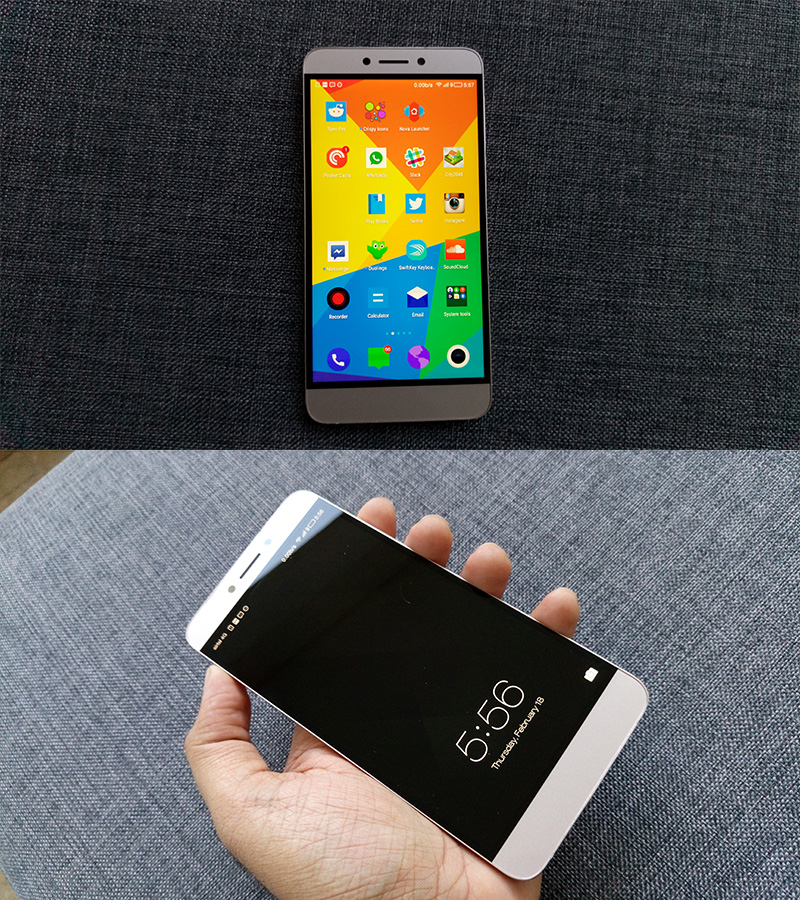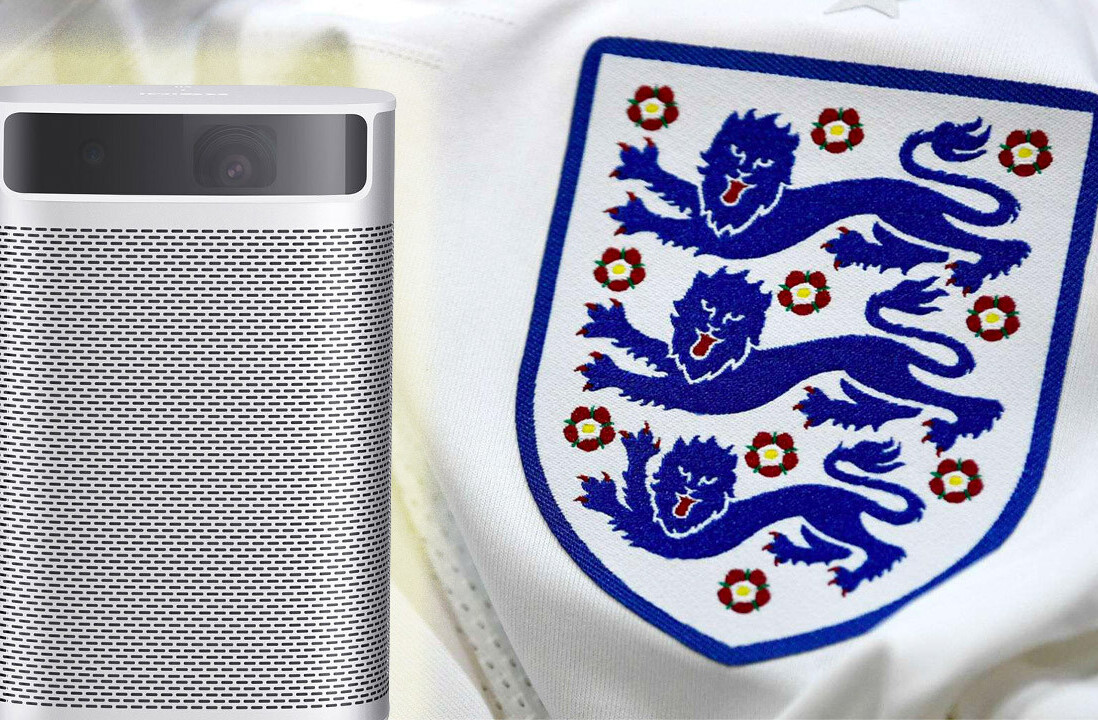Earlier this year, I saw a bunch of excellent flagship phones at Mobile World Congress in Barcelona – handsets built to perfection with top-of-the-line hardware, great features and slick styling.
But unlike the past couple of years, I felt no overwhelming GAS (gear acquisiton syndrome, the inexplicable need to buy better gadgets). Instead, seeing some of 2016’s top-end phones made me even more content with the $150 handset in my pocket.
While the new offerings from Samsung, LG, Sony and Xiaomi each brought something new to the table, I realized that I wasn’t missing out on much while using a budget phone.
In February, I was using a LeEco Le 1S, a handsome all-metal 5.5-inch device with a fingerprint reader, a massive and quick charging 3,000mAh battery, and a speedy octa-core processor paired with a generous 3GB of RAM.

Now that the MWC flagships are arriving in stores at roughly four times the price of my current phone, they seem a lot less desirable. An unlocked Samsung Galaxy S7 Edge costs a whopping Rs. 56,000 ($840) in India; in the US, the LG G5 is set to go on sale for about $645 next month.
The advantages they offer over significantly cheaper models aren’t exactly negligible, but it’s becoming increasingly difficult to justifiy the difference in cost.
Good design, snappy performance and commendable build quality – everything we’ve been used to paying top dollar for – are steadily becoming the norm for smartphones, much to the delight of those of us who have to buy phones off contract and unsubsidized.
Friends, family and followers often ask me to recommend the next phone they should buy and of late, I’ve been pointing them towards cheaper devices without having to worry if they’ll find it lacking.
That doesn’t mean gadget aficionados shouldn’t buy a flagship anymore – if there’s a phone out there that catches your eye and has you reaching for your wallet, go for it. But just know that if you’re low on cash, there are options out there that are almost as good for a fraction of the price.
So where does that leave the likes of HTC, Samsung, LG and Sony? There are a couple of factors to consider in order to forecast the future:
1) Some fans will still want the best gear their favorite brands have to offer, regardless of what can be had for less money.
Announcing its first quarter results for 2016, Samsung noted that its profits grew by 12 percent year-on-year, thanks in part to the release of the Galaxy S7 and S7 Edge. However, it’s worth bearing in mind that this year’s model is priced lower than its predecessor and that might have helped push its sales figures higher than expected.
2) Smartphone shipments flatlined during the last quarter – roughly 335 million devices were sold, which is almost the same as Q1 2015 and marks the smallest year-on-year growth ever recorded.
That means that we’re fast approaching market saturation. People who are still yet to make their first smartphone purchase this year and the next are, by virtue of the fact that they are likely to have been unable to afford one, are likely going to choose budget-friendly models.
With that in mind, it seems all but certain that the end is nigh for high-priced smartphones. They may not disappear entirely, but they’ll become more of a niche category than they are now.
Brands will have to figure out ways to bring down costs and make money from things like accessories, enterprise software, content partnerships and a wider range of models to suit varied tastes.
In my mind, that can only be a good thing. I’m tired of spending a pretty penny on mobile devices that I’ll replace in a couple of years at best, and I believe that there’s no longer a reason to do so.
Get the TNW newsletter
Get the most important tech news in your inbox each week.





